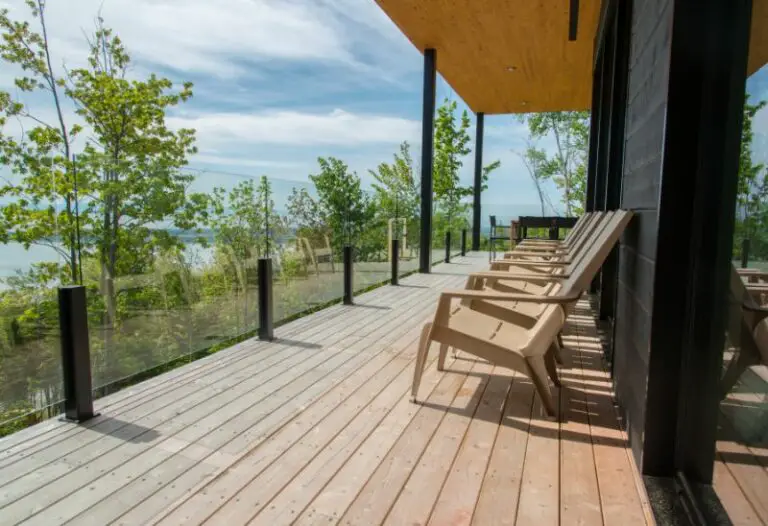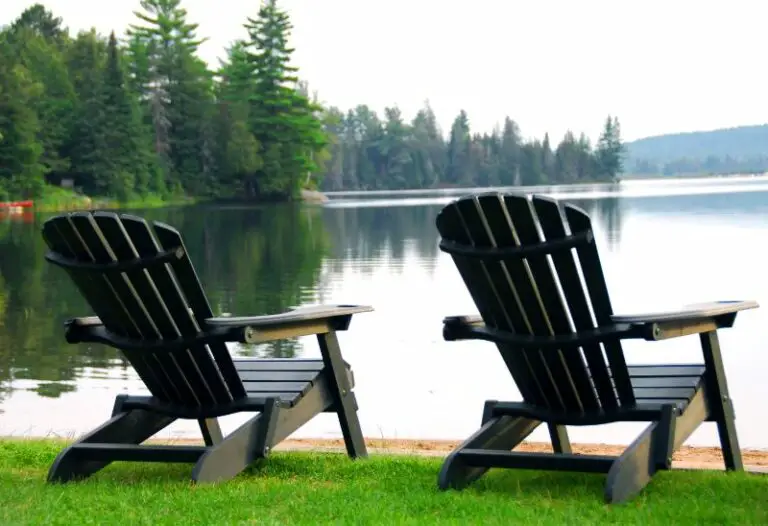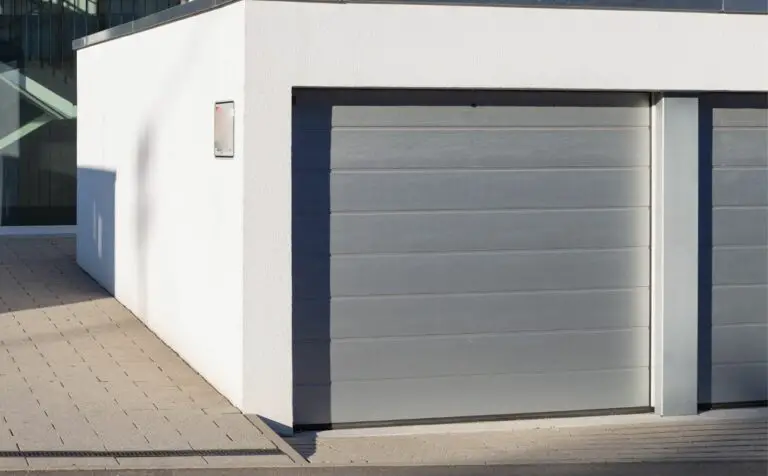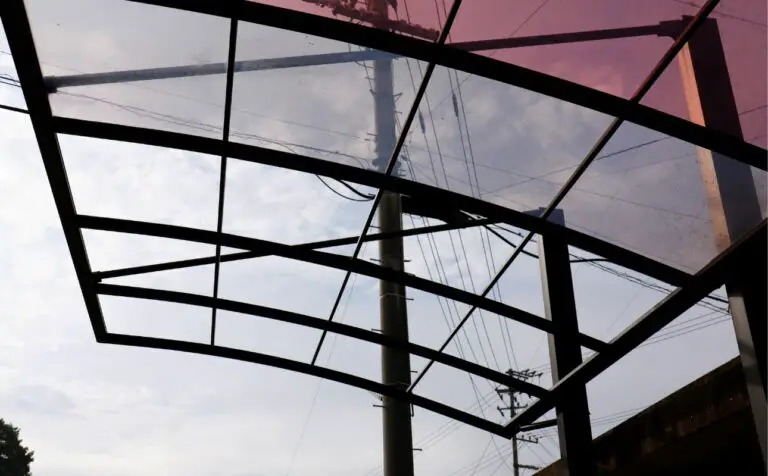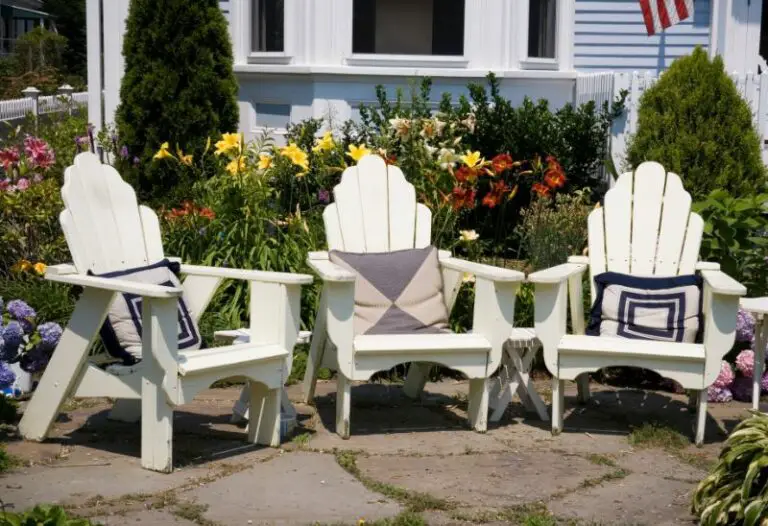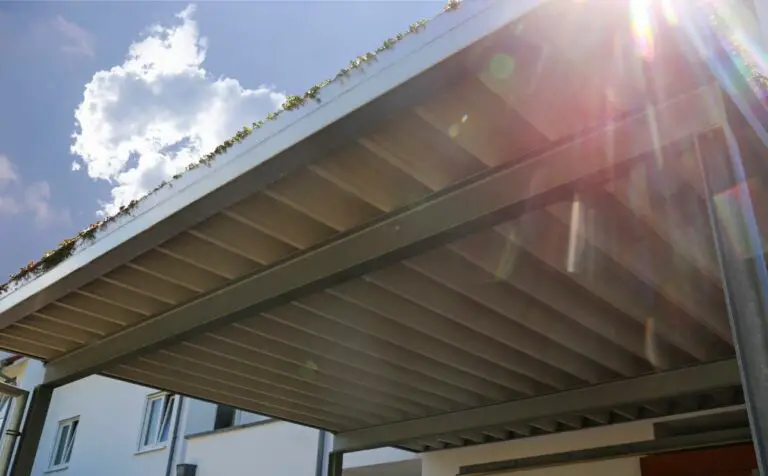A pergola can be a stunning addition to any outdoor space, providing a beautiful architectural element while also offering shade and shelter. But what if you want to install your pergola on pavers instead of a traditional foundation? The good news is that it is possible to install a pergola on pavers with the right planning and execution
When it comes to installing a pergola on pavers, there are several factors to consider, such as the size and design of the pergola, the type of pavers used, and the climate in your area.
Proper planning and installation techniques are essential to ensure the pergola is stable, safe, and durable. In this article, we’ll explore some tips and tricks for installing a pergola on pavers, including the materials and tools you’ll need, the steps involved in the installation process, and some common mistakes to avoid.

Assessing The Condition Of Your Pavers
Pergolas can be installed on any level surface, including pavers. However, before proceeding with installation, you need to check if your pavers are in good condition.
Start by repairing any cracks in your pavers. Cracks can cause instability and may not provide a secure base for the posts of your pergola. You can use epoxy or concrete filler to fill in the cracks and make sure they’re leveled off properly.
Once the filling material has cured completely, sand down the area until it’s flush with the rest of the paver surface. If some of your pavers are damaged beyond repair, replace them before installing a pergola. Damaged pavers can compromise the integrity of your entire patio or walkway and create safety hazards.
Preparing The Pavers For Installation
Before you begin installing a pergola on pavers, it is crucial to ensure that the pavers are clean and level. Cleaning pavers involves removing any dirt or debris from the surface of the pavers using a pressure washer or a stiff-bristled brush. This will help ensure that the pergola is installed evenly and securely.
Once the pavers have been cleaned thoroughly, applying sealant can help protect them from stains and other forms of damage. Sealant helps prevent moisture from penetrating into the pores of the pavers, which can cause cracking or discoloration over time.
After cleaning and sealing the pavers, it’s time to begin preparing them for installation. This typically involves laying out the design of your pergola base by marking where each post will be placed using chalk or spray paint.
Selecting The Right Pergola Design
Choosing materials for your pergola is key; it needs to look good, fit your budget, and be durable. Measuring the site is also important; you’ll need to know the size of your space and any obstacles you need to work around.
Installing a pergola on pavers is definitely possible, you just need to make sure you account for the extra weight. It’s also a great way to add a special touch to your outdoor area!
Choosing Materials
One common question is whether it’s possible to install the structure on pavers. The answer is yes, but there are some things to consider first.
Pavers Vs Concrete – this is an important choice because both have their pros and cons. Pavers offer more flexibility when it comes to design, as they come in different shapes, sizes, and colors. They’re also easier to replace if one or two get damaged over time.
On the other hand, concrete provides better stability and durability for heavy structures like pergolas. It’s also less prone to weed growth and erosion compared to pavers.
Wood Vs Vinyl – another decision you need to make is which material will be used for the actual pergola frame. Wood has a natural beauty that many homeowners prefer, plus it can be stained or painted according to your preference. However, wood requires regular maintenance such as sealing or staining every few years.
Vinyl, on the other hand, doesn’t require painting or staining at all since its color is baked into the material itself. Although vinyl may not have the same aesthetic appeal as wood, it’s more durable and low-maintenance.
Choosing the right materials for your pergola involves considering factors such as pavers vs concrete and wood vs vinyl. Ultimately, your decision should depend on your personal preferences and budget constraints so you can enjoy your beautiful new outdoor living space without worry!
Measuring The Site
One crucial step in this process is measuring the site where the structure will be installed. This involves taking accurate measurements of the area to ensure that your chosen pergola fits perfectly.
Measuring the site requires precision and accuracy, which is why it’s recommended to hire professionals if you’re not confident in doing it yourself. They can assess the space and provide suggestions for a suitable design based on your preferences and budget.
Measuring And Marking The Paver Surface
Before starting the installation process, it’s important to ensure that your paver surface is level and even. This means taking the time to measure the area accurately and laying out the pavers in a pattern that works with your chosen pergola design.
A well-planned layout will not only make for a more attractive finished product but also ensure stability and durability. Measuring accuracy is crucial when installing a pergola on pavers.
Anchoring The Pergola To The Pavers
Depending on how heavy your pergola is, you may need to use heavier or thicker pavers. When anchoring your pergola to the pavers, there are a few different methods you can choose from. One option is using anchor bolts that go through both the bottom plate of your pergola and into the concrete below.
Another alternative method is using post anchors which attach directly onto each corner of your structure at ground level with screws. Before choosing an anchoring method, consider what type of soil you have under your pavers as well because this will also affect how much weight they can hold up over time.
Ensuring Proper Drainage And Stability
A proper foundation is key to ensure drainage and stability when installing a pergola on pavers. There should be a solid base underneath the pavers, such as gravel.
A drainage system should be installed to ensure water runoff doesn’t cause damage to the structure.
Anchoring options for the pergola should also be taken into consideration, as the amount of weight the pavers can hold will vary. It’s important to use either a footing or a post holder for added stability.
Proper Foundation
The type of pavers used will have an impact on the foundation needed for your pergola. Concrete or stone pavers are ideal choices for creating a strong base for your pergola as they provide excellent support and durability.
When choosing your pavers, it’s important to consider what materials are compatible with your pergola. Once you’ve selected the right type of paver for your project, it’s essential to create a leveled surface that ensures proper water drainage away from the area where your pergola is installed.
Drainage Systems
Proper water flow is critical to ensuring that your structure remains stable and secure over time. When it comes to paver installation, water must be able to drain away from the area where your pergola will be installed.
If not adequately addressed, excess moisture can cause soil erosion around the base of your structure, leading to instability and potential damage. To prevent this issue, creating an effective drainage system is essential.
Anchoring Options
Different anchoring methods are available, and choosing the right one can make a significant difference in how well your structure holds up over time. One critical factor to consider is weight distribution.
Properly distributing the weight of your pergola across all corners will help prevent any one area from becoming overloaded and potentially damaging the pavers or causing instability. Anchoring options such as concrete footings or brackets anchored directly onto the pavers can provide additional support where needed.
Another option for anchoring your pergola is using ground anchors or stakes. These types of anchors work by driving them deep into the soil beneath the pavers, providing extra stability without relying solely on the surface-level pavers themselves.
Enjoying Your New Pergola On Pavers!
Pavers are a great option for creating an outdoor living space that’s both functional and beautiful. They come in many different colors, shapes, and sizes, so you’re sure to find something that fits your style.
When choosing paver materials, it’s important to think about the maintenance required for each type of material. Some types may be more durable than others but require more upkeep.
The Bottom Line
Installing a pergola on pavers is definitely possible and can add an elegant touch to your outdoor space. The type of paver you choose will depend on the weight and size of your pergola, but generally, thicker and larger pavers are better suited for heavier structures.
Although it’s recommended to hire a professional if you’re unsure about installation or have an uneven surface, with some preparation and effort, anyone can install a pergola on pavers themselves.
Just remember to anchor it down securely and take additional steps like adding braces or using concrete footings for added stability. With these precautions in place, you’ll be able to enjoy your new outdoor oasis without worrying about the safety of your structure.
